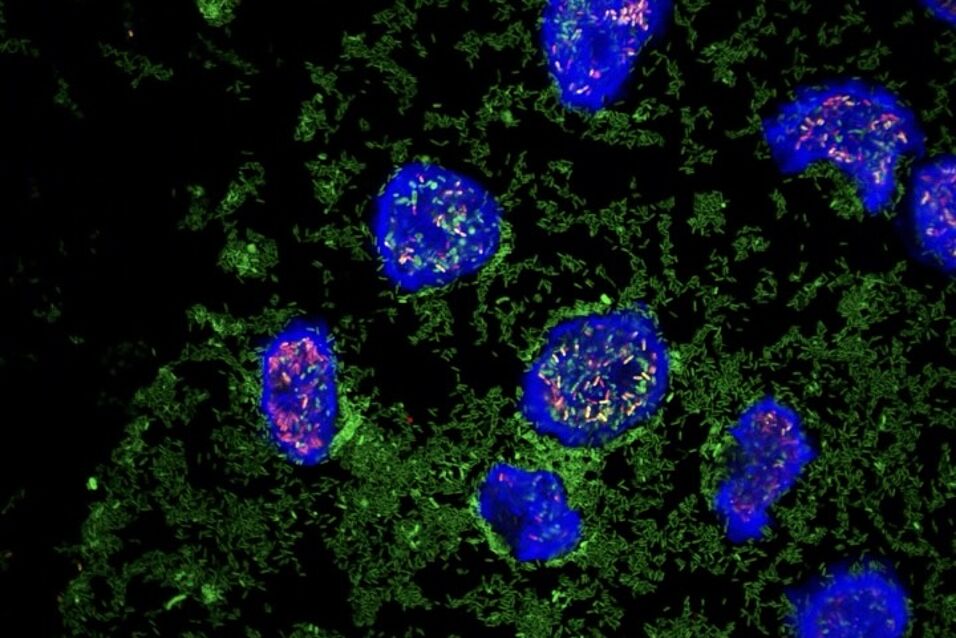Free-living amoebae are ubiquitous protists and important predators of various microbes such as bacteria and fungi. As such they have a strong impact on the structure of microbial communities. Amoebae feed through phagocytosis engulfing the food in a membrane-bound vesicle. These vesicles later fuse with lysosomes containing digestive enzymes, and digestion products are absorbed. Several microbes developed strategies to survive this process and are able to multiply within amoebae. This includes bacterial symbionts such as Protochlamydia amoebophila, as well as opportunistic pathogens like Legionella pneumophila, the causative agent of an atypical pneumonia called Legionnaire’s disease.
Our goal is to shed light on the molecular and physiological interactions in tripartite associations between amoebae, their symbionts and L. pneumophila. This will help to understand the effect of co-infections on L. pneumophila multiplication in amoebae - a neglected aspect of the ecology of L. pneumophila. As such the project will contribute to our understanding of the role of amoebae and other microorganisms in water-borne disease outbreaks.
This project has received funding from the European Union’s Horizon 2020 Framework Programme for Research and Innovation under grant agreement No. 660280 (MSCA IF to C. Wentrup).
Investigated by:
- Wentrup C
- Horn M



